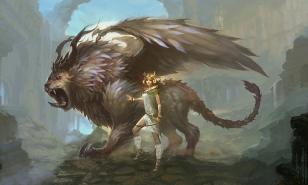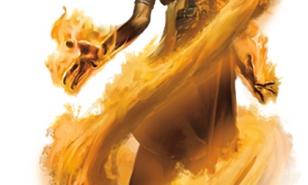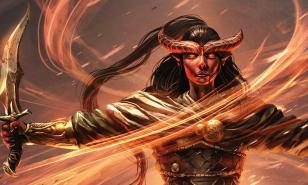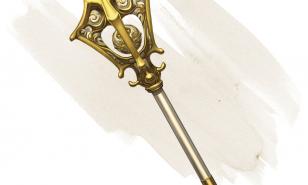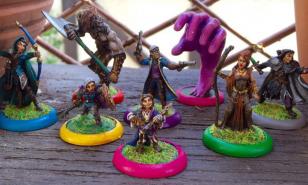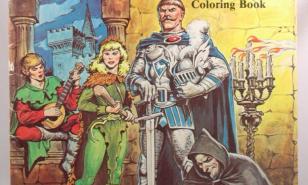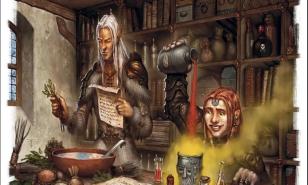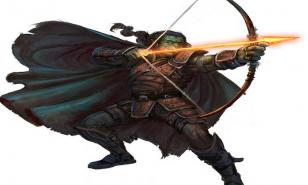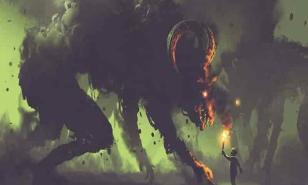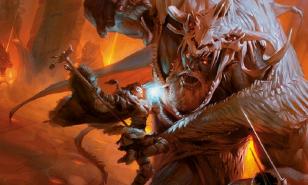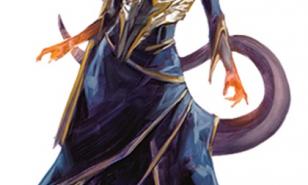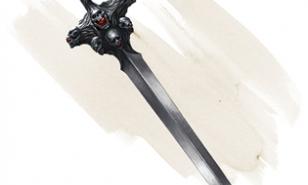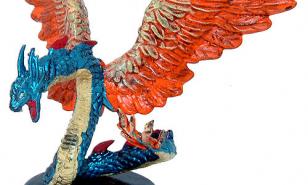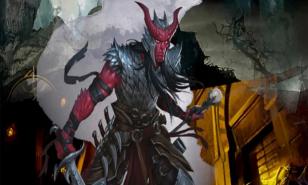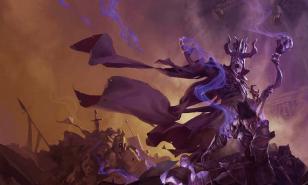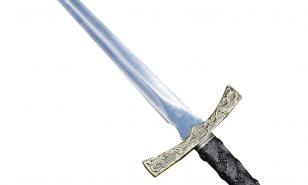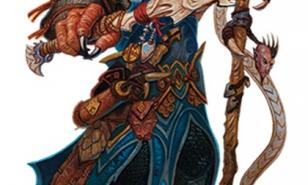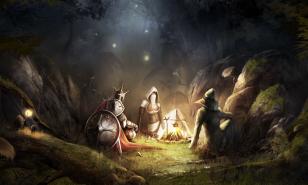[Top 3] D&D Best Rogue Subclasses To Play
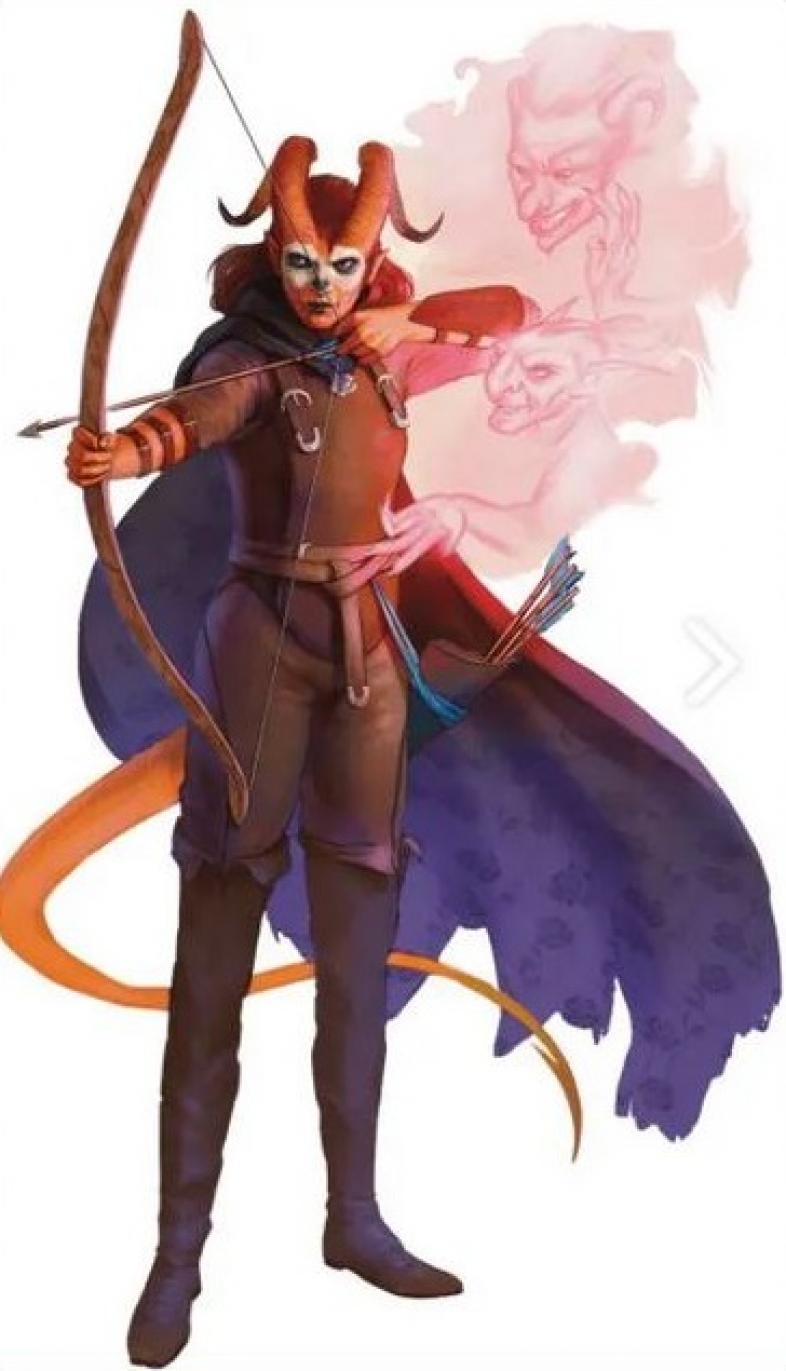
Formerly known as Thief in 1st Edition, Rogue is a popular class to play in 5e campaigns. So popular, in fact, that there are three main Archetypes in the D&D Player’s Handbook that Rogues choose at 3rd level: Arcane Trickster, Assassin, and Thief. Then, four more Archetypes were recently added to the mix to have seven total to choose: Inquisitive, Mastermind, Scout, and Swashbuckler. (Are you still with me?)
Under the seven Archetypes are the nine subtypes of Rogues: Arcane Trickster, Assassin, Inquisitive, Mastermind, Phantom, Scout, Soul-Knife, Swashbuckler, and Thief. (Confusing, I know.) Therefore, I wrote the article to cut through the categories and provide you with a clear path to the best rogue to play in your next campaign! All you must remember is that as a Rogue, you do not choose Archetypes and/or Subclasses until 3rd level. In the meantime, you can read this article to select which Rogue to play!
3. Arcane Trickster
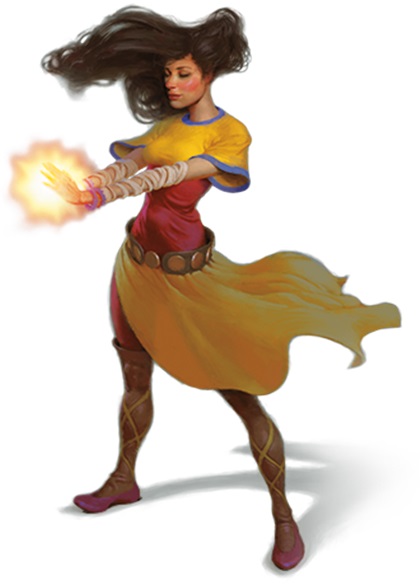
The Arcane Trickster is among the best Archetypes, because the Rogue can have the best of both proverbial worlds with both magical abilities and traditional mad thievery skills! The D&D Player’s Handbook states that “These rogues include pickpockets and burglars, but also pranksters, mischief makers, and a significant number of adventurers.” This sounds like a lot of fun to play! Read on to find out more about the Arcane Trickster!
Why Arcane Trickster is Great
- A 3rd level Arcane Trickster already knows 3 Cantrips, 3 Spells, and 2 1st Level Spell Slots, and increases with each level. That is quite a bit of knowledge for Level 3 Rogue to have on hand!
- Arcane Tricksters are useful to have in a party if there are no other spellcasters.
- Like all other Rogue types, Arcane Tricksters are not bound by alignment or a deity, although many belong to a Thieves’ Guild.
Arcane Trickster details:
- To build a strong Arcane Trickster, I would recommend a race that enhances both Dexterity and Intelligence, since both are needed for thievery and spells. Humans have a +1 in each ability. Half-Elves have a Charisma of +2, plus a +1 in two other ability scores. (I play a Half-Elf because of these abilities.)
- At Level 3, Arcane Tricksters earn a nifty spell called Mage Hand, which means that the Rogue can make a spectral hand invisible and able to pick locks and disarm traps from a distance, steal a contained object worn or carried by an opponent, or stow an object from another opponent in the hand. (This eliminates the danger of being up-close and possibly injured.)
- On the 9th Level, Arcane Tricksters enjoy a spell called Magical Ambush. This happens when the opponent does not see the Rogue and they have a disadvantage to a saving spell against it.
- When Arcane Tricksters reach 13th Level, they can use the Mage Hand to distract (squirrel!) opponents in a five-foot range. When that happens, the Arcane Trickster attacks at an advantage.
- Finally, at 17th Level, the Arcane Trickster gains an ability called Spell Thief. When this happens, the Arcane Trickster steals the know-how of casting a spell from another spell-caster.
2. Assassin
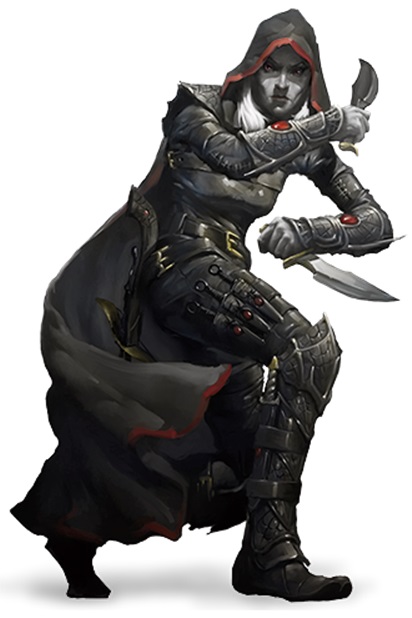
The D&D Player’s Handbook states that “you focus your training on the grim art of death.” Of all the Archetypes, Rogues who decide to become Assassins at Level 3 are probably the ones who like to get their hands the dirtiest. Read on to find out why Rogue Assassins are among the best Archetypes to play!
Why Assassin is Great
- Although assassins are not necessarily the best hand-to-hand combat fighters, they can sneak up on someone or something and harm or even kill opponents before they can attack.
- Assassins are great to have in the party to eliminate opponents who are main spellcasters, who typically do not don heavy or any armor.
- A Rogue Assassin would be interesting to play in a party with other members that are Lawful Good, such as Halflings, Clerics, or Paladins. The group dynamic would be certainly interesting!
Assassin details:
- For an Assassin Archetype, I would choose a race that would bump up Dexterity: Elves (+2), Half-Elves (+1), Humans (+1).
- At Level 3, Assassins are awarded with proficiencies in the disguise kit and the poisoner’s kit. Also, at the 3rd Level, Assassins have advantage of attack, and any surprises on an opponent is considered as a critical hit.
- On the 9th Level, the Rogue Assassin sacrifices seven days and 25 gp to create a fake identity This is called Infiltration Expertise. The Rogue Assassin can use the fake identity to be disguised and infiltrate places.
- The fun of deception continues at Level 13! After three hours of study, the Rogue Assassin becomes an Impostor, mimicking its opponent. It is also difficult for an opponent to suspect the Rogue Assassin in disguise.
- Beware of the Rogue Assassin on Level 17, as they acquire a technique called Instant Death. If an opponent is surprised, they must successfully make a Constitution saving throw or suffer double damage.
1. Phantom

This spooky Rogue subclass will not be found in the D&D Player’s Handbook (I looked). Instead, the Phantom subclass is in Tasha’s Cauldron of Everything, which is a supplemental guide. The guide states that “Many rogues walk a fine line between life and death, risking their lives and taking the lives of others. While adventuring on that line, some rogues discover a mystical connection to death itself.” Read on to find out more about why the Phantom Rogue would be awesome to play!
Why Phantom is Great
- The Phantom would be a fun and macabre subclass; it would also be interesting to see how a Phantom Rogue would interact with Lawful Good Clerics and Paladins in the same party on a campaign!
- Battling with opponents with necrotic damage is a little different than using spells or hand-to-hand combat. Plus, some (not all) undead can take as well as deal out necrotic damage.
Phantom details:
- Since rogues are all about Dexterity, having a race such as a Tiefling would give the Phantom Rogue extra Charisma (+2) and extra Intelligence (+1). (Plus, Tieflings have an infernal bloodline, so there is that to consider.)
- On the first two levels, Rogues earn Expertise, Sneak Attack, Thieves’ Cant, and Cunning Action.
- At Level 3, that is when the Player Character (PC) chooses the Rogue archetype. Phantom Rogues earn a feature called Steady Aim, which is a bonus action, and the Rogue gives themselves advantage on attack on the next turn granted that the Phantom is still.
- Other 3rd Level features include Whispers of the Dead (in which you literally hear dead people) where the Phantom can gain a proficiency or a skill after a long snooze, and Wails from the Grave, where you can channel the power of a dead being to inflict harm on an opponent.
- Another macabre feature is gifted upon the Phantom at 9th Level: Tokens of the Departed. Here, when a being has departed, the Phantom Rogue can take a piece of the soul and turn it into a trinket. The trinket can be used for death saving throws and Sneak Attack Damage.
- At lucky 13th Level, Phantom Rogues can use the Ghost Walk Feature and become spectral for up to 10 minutes. (However, you play at a disadvantage when you are in this form.)
- Finally, the 17th Level Spell called Death’s Friend puts the Phantom Rogue on a friendship basis with the dead! When using Wails From the Grave (from 3rd Level), the Phantom Rogue casts necrotic damage to two opponents. Also, after a long snooze, a soul trinket appears if you do not already have one.
You may also be interested in:
- Log in or register to post comments
 Home
Home PC Game Trailers
PC Game Trailers News
News Menu
Menu



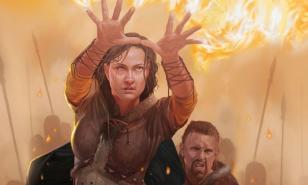

![[Top 25] D&D Best Boss Monsters dnd boss monsters, dnd boss monster, best dnd boss monster, best dnd boss monsters, boss monsters for dnd, boss monster for dnd, dnd boss fight, boss fight, top boss monsters dnd, dnd top boss monsters, dnd top boss monster](https://www.gamersdecide.com/sites/default/files/styles/308x185-scale-crop--more-top-stories/public/boss_fight_3.jpg)
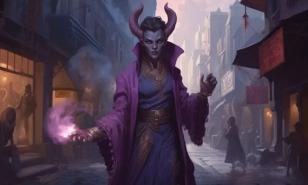

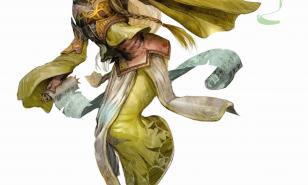




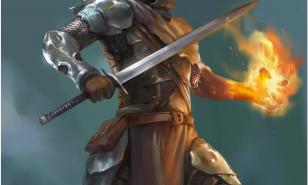

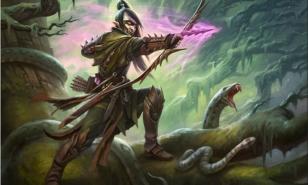
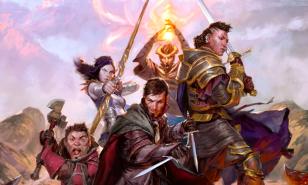

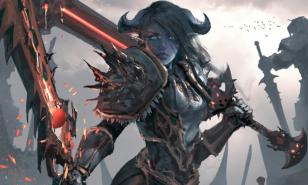
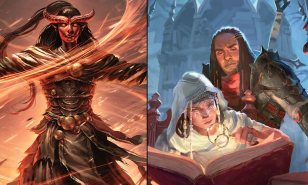
![Top 15 D&D Best Cursed Items [Funny Cursed Items] dnd cursed item, cursed item, dnd cursed items, cursed items, funny cursed items, funny cursed items dnd, best cursed item, best cursed item dnd, best cursed items dnd, funniest cursed items, funniest cursed item dnd, dnd curse, curse, dnd curses](https://www.gamersdecide.com/sites/default/files/styles/308x185-scale-crop--more-top-stories/public/cursed_item.jpg)
![[Top 5] D&D Best Rogue Multiclass Builds That Are Powerful D&D Best Rogue Builds](https://www.gamersdecide.com/sites/default/files/styles/308x185-scale-crop--more-top-stories/public/top_5_dd_rogue_multiclass_builds_that_are_powerful_rogue_1.jpg)
